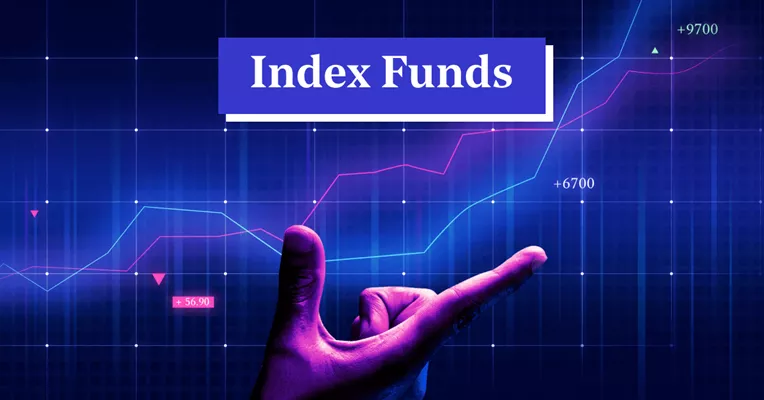The Cost of Funds Index (COFI) is an important financial metric often discussed in the world of fund investment. Understanding what it represents and its traditional associations is crucial for investors and financial professionals alike. In this article, we will explore what the Cost of Funds Index is, how it works, and which factors it is traditionally linked to. We will break down this complex concept into easy-to-understand language.
What is the Cost of Funds Index (COFI)?
The Cost of Funds Index (COFI) is a measure of the cost a bank or financial institution incurs when borrowing money. It typically reflects the interest rates that the institution pays for the funds it borrows, which is important for assessing the overall financial health of the institution. The COFI is primarily used by lenders in the setting of adjustable-rate mortgages (ARMs) and in determining the interest rates they charge their borrowers.
The Cost of Funds Index helps investors and lenders understand how much it costs a financial institution to obtain capital. It is a key metric used by banks to determine the interest rates on loans, such as mortgages, and helps them set competitive pricing for their services.
The COFI and Its Associations
The COFI is traditionally associated with several key factors in the financial world. It is most commonly linked to the following:
1. Interest Rates on Loans
The COFI is often associated with the interest rates that lenders charge on loans, particularly adjustable-rate mortgages (ARMs). The higher the COFI, the more a bank will pay to borrow money, which may lead them to raise interest rates for their customers. This connection plays a key role in the cost of borrowing for individuals and businesses.
2. Bank Profitability
Another key association of the COFI is with the profitability of banks and financial institutions. As COFI reflects the cost of borrowing, it can directly impact a bank’s margins. If the cost of funds is high, the bank might have to adjust its pricing strategy, which could affect its profitability. Conversely, if the cost of funds decreases, the bank might experience higher profit margins.
3. Market Conditions
The COFI is also tied to broader market conditions. When market interest rates rise, the cost of borrowing generally increases, which in turn leads to higher COFI. Conversely, when interest rates fall, the COFI tends to decrease, making borrowing less expensive. This relationship is crucial for understanding how shifts in the economy can impact financial institutions and consumers.
4. Adjustable-Rate Mortgages (ARMs)
As mentioned, one of the primary uses of COFI is in the calculation of interest rates for adjustable-rate mortgages (ARMs). ARMs are home loans where the interest rate fluctuates based on market conditions. The COFI is often used as a benchmark to set the interest rates on these types of loans. The higher the COFI, the higher the interest rate on the ARM.
How COFI Affects Borrowers and Investors
For borrowers, the COFI has a direct impact on the interest rates they will pay on loans. If the COFI rises, it may result in higher monthly payments for those with ARMs. On the other hand, if the COFI falls, it can lead to lower monthly payments.
For investors, the COFI is a useful indicator of the overall health of financial markets and the cost of capital. A higher COFI may signal an increase in borrowing costs for companies and consumers, which can have broader economic effects. Monitoring the COFI can help investors make informed decisions about their investments in banks, real estate, and other sectors.
Conclusion
The Cost of Funds Index is traditionally associated with factors such as interest rates on loans, bank profitability, market conditions, and adjustable-rate mortgages. Understanding how the COFI works can provide valuable insights for both borrowers and investors. By keeping track of this index, you can better anticipate changes in borrowing costs and market conditions, ultimately helping you make more informed financial decisions.
Related Topics:


